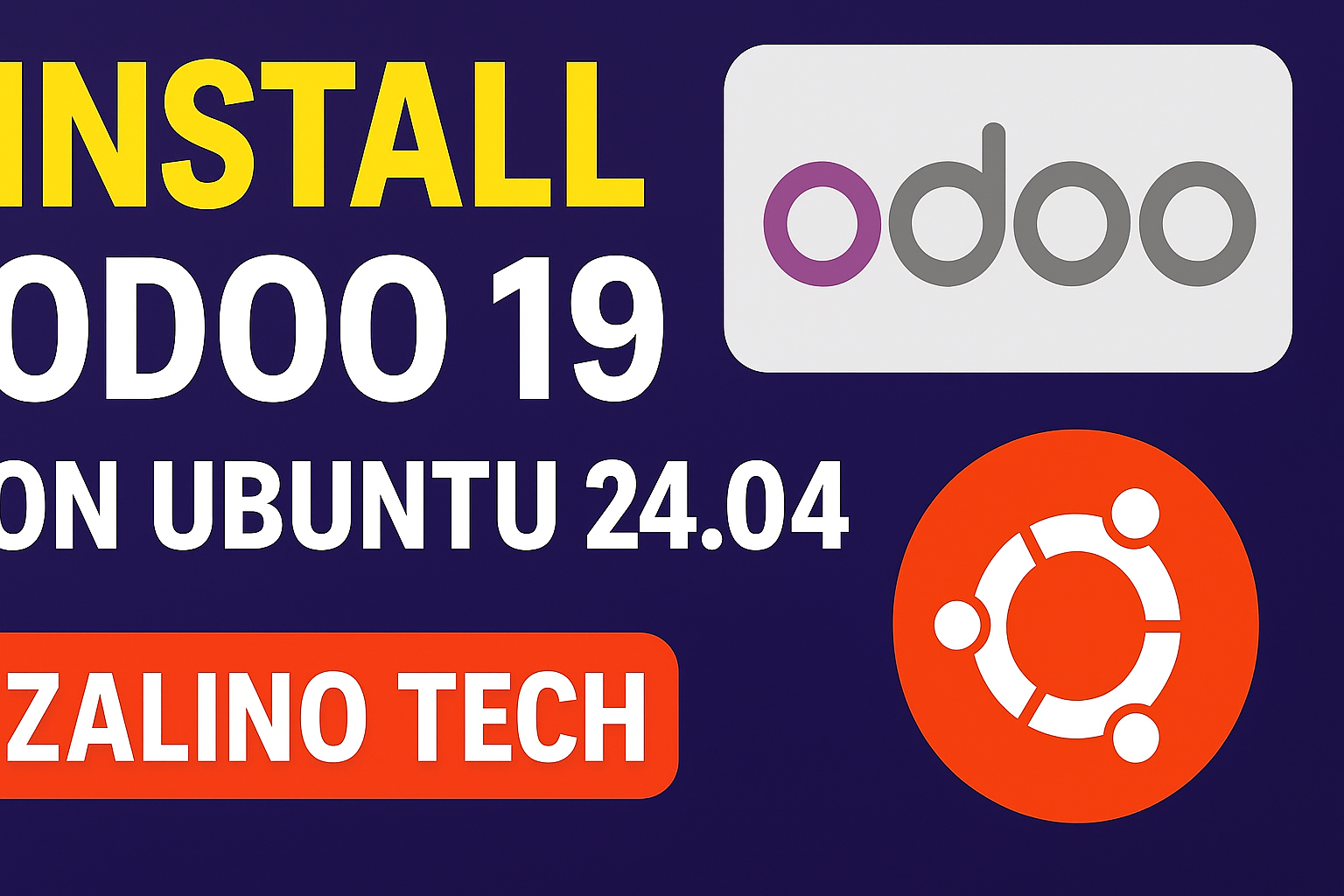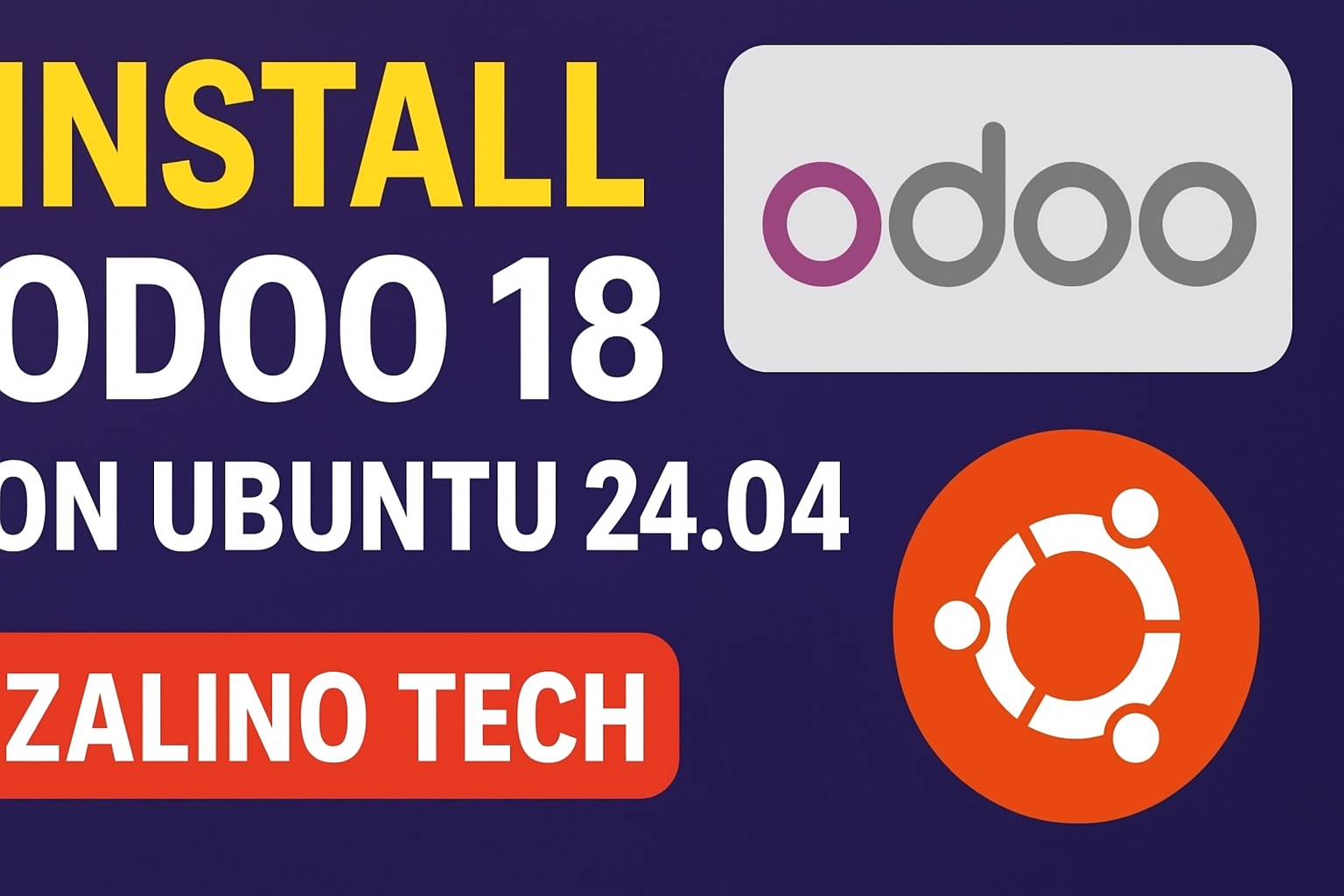Odoo POS 18 – How to add Custom Button in Odoo Point of Sale Version 18
Zahid Anwar
December 4, 2024

Odoo point of sale (POS) how to add custom buttons
First of all create an xml file with name custom_button.xml inside :
your_app>static>src>app>custom_button>custom_button.xml
Directory Structure of your custom app
your_app/
├── __init__.py
├── __manifest__.py
├── static/
│ └── src/
│ └── app/
│ └── custom_button/
│ └── custom_button.xml
│ └── custom_button.js
Add The xml code inside custom_button.xml
<?xml version=”1.0″ encoding=”UTF-8″?>
<templates id=”template” xml:space=”preserve”>
<t t-name=”pos_usc.ControlButtons” t-inherit=”point_of_sale.ControlButtons” t-inherit-mode=”extension”>
<xpath expr=”//button[@class=’btn btn-light btn-lg flex-shrink-0 ms-auto’]” position=”replace”>
<button class=”btn btn-success btn-lg flex-shrink-0 ms-auto” t-on-click=”() => this.onClickPopupSingleField()”>Custom Button</button>
</xpath>
</t>
</templates>
Add the js code to handle click event
/**@odoo-module **/
import { ControlButtons } from "@point_of_sale/app/screens/product_screen/control_buttons/control_buttons";
import { patch } from "@web/core/utils/patch";
patch(ControlButtons.prototype, {
async onClickPopupSingleField() {
console.log('button click');
}
});
Finally Add the reference in __manifest__.py
'assets': {
'point_of_sale._assets_pos': [
'your_app/static/src/app/custom_button/custom_button.js',
'your_app/static/src/app/custom_button/custom_button.xml',
],
},
Restart the service
That’s it! You’ve added the custom buttons in point of sale!



